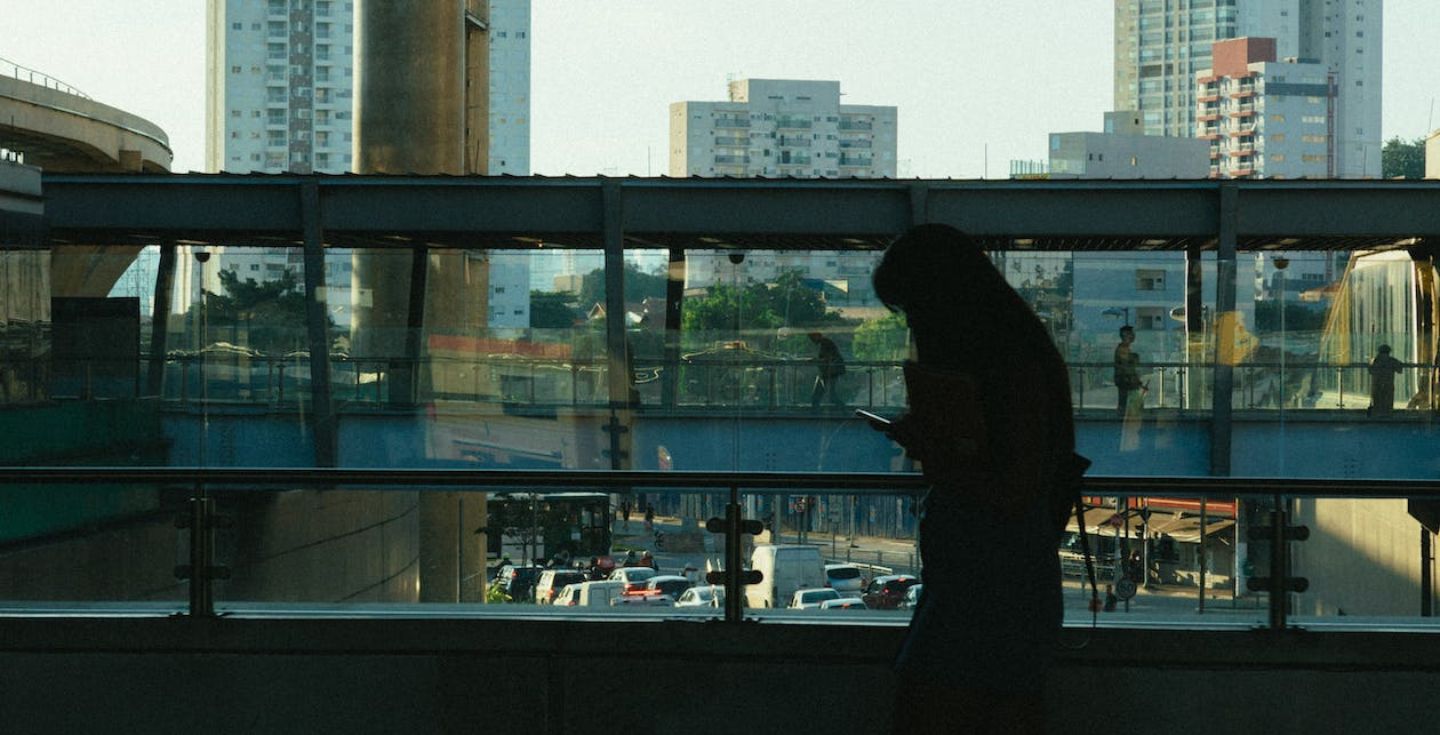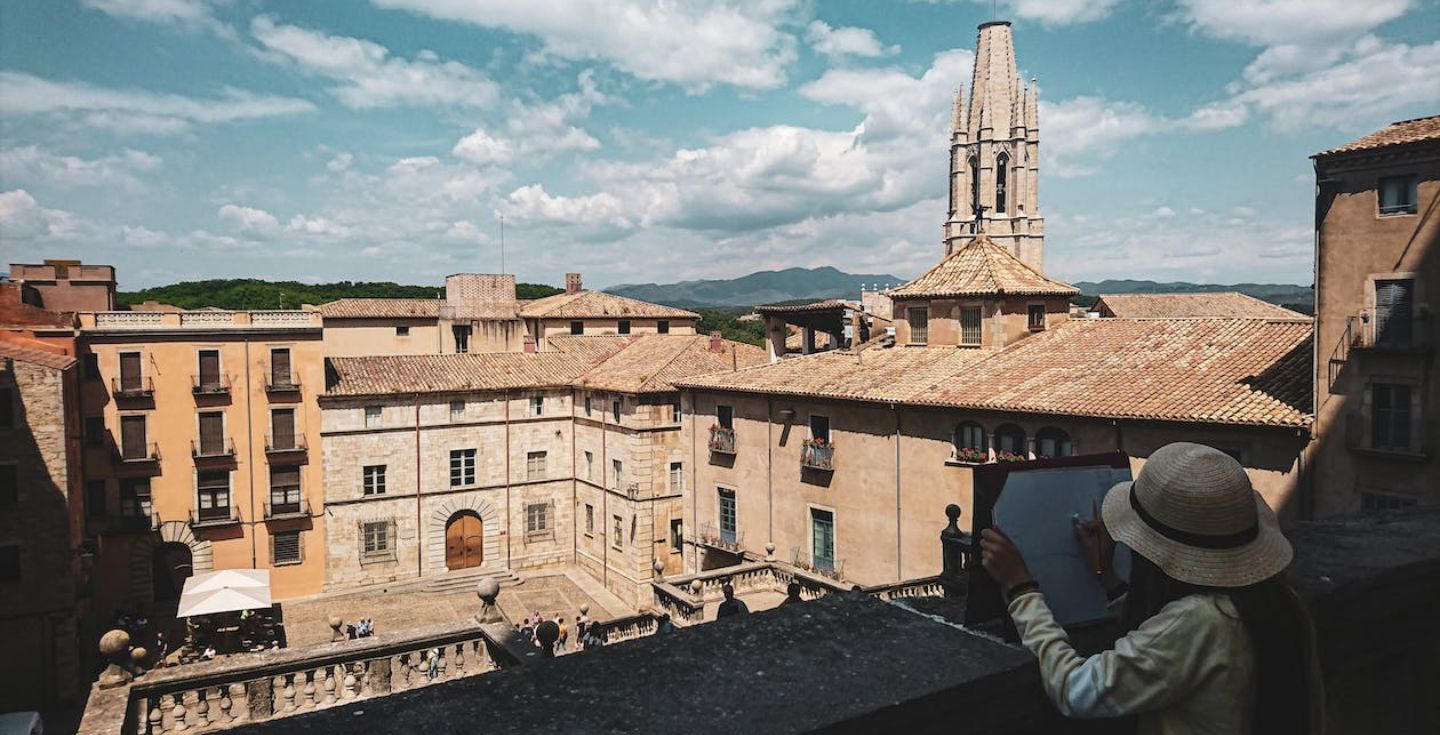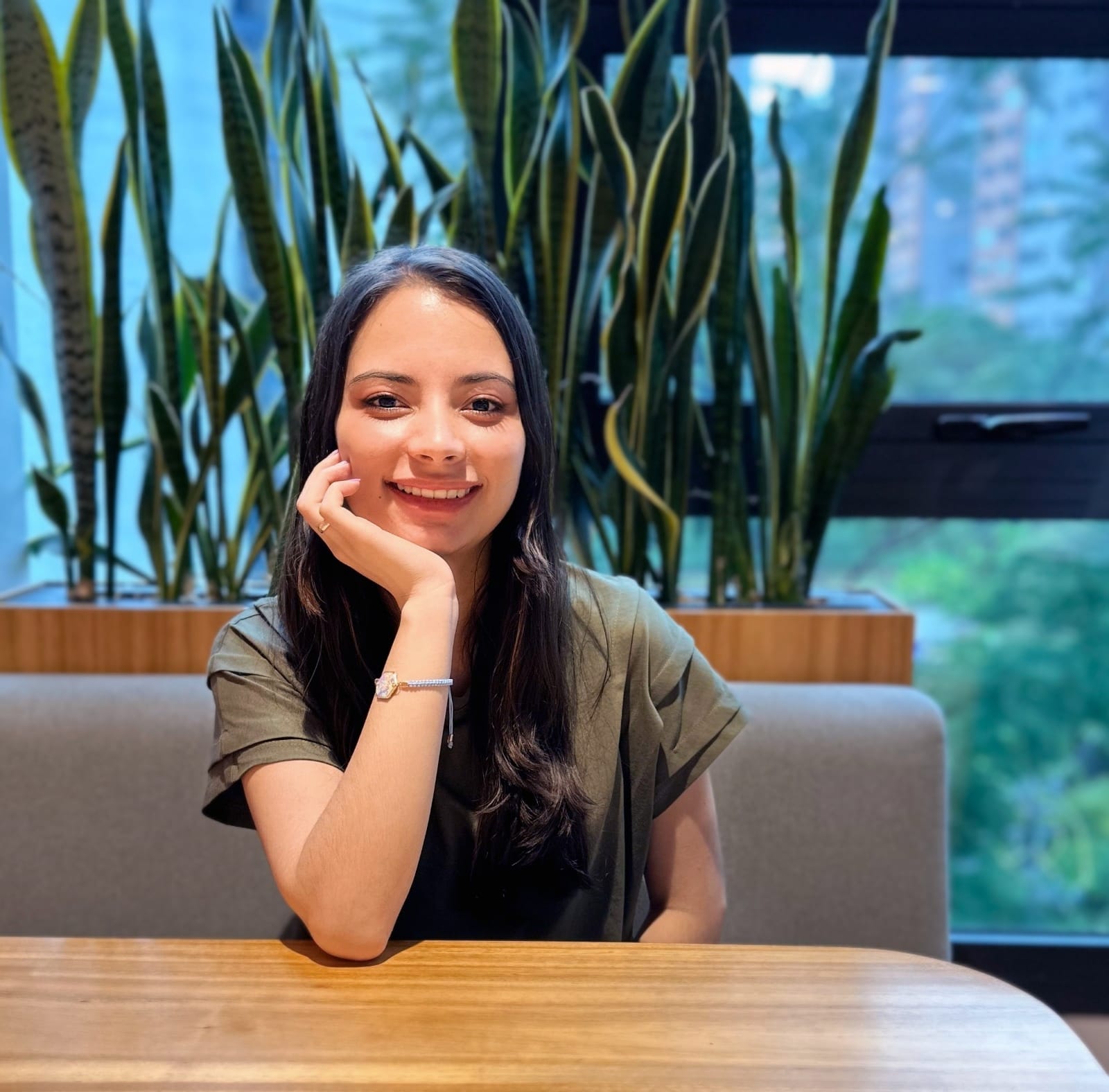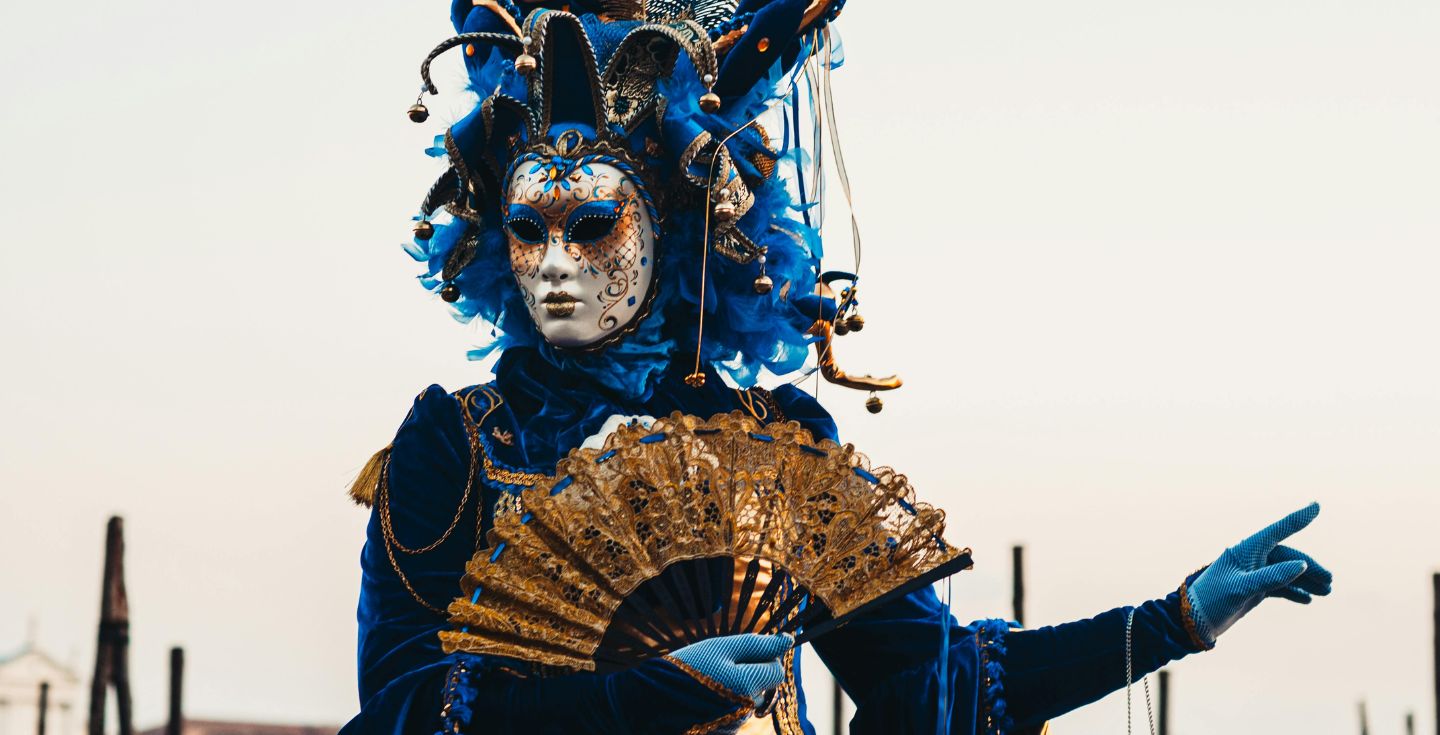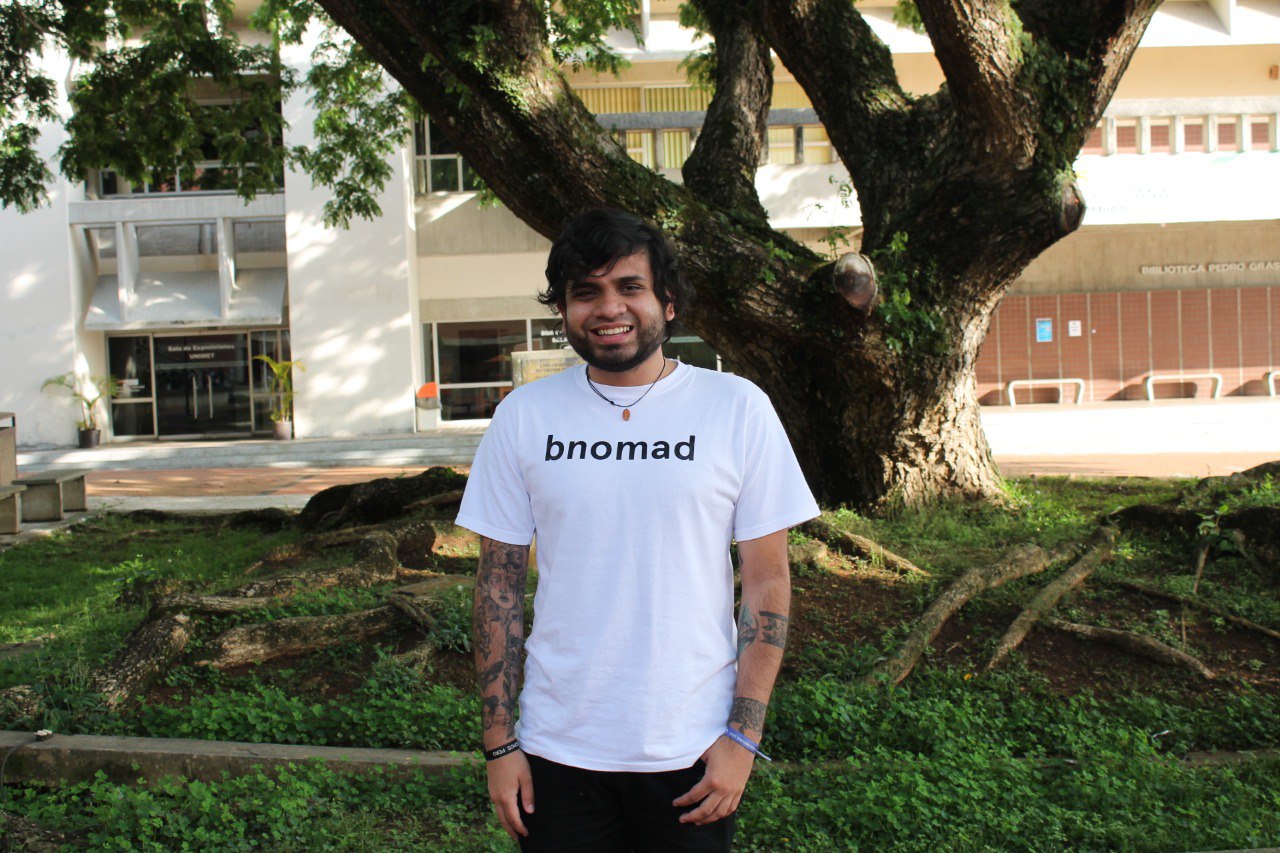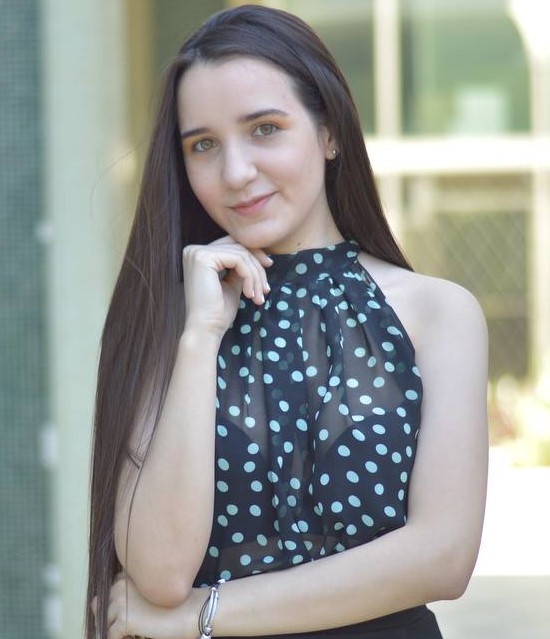Best things to do in Shinjuku: Top attractions (2025)
Visiting Tokyo and want to explore Shinjuku? From modern attractions to nostalgia-filled alleys, here are some of the top things to do in Shinjuku, Japan, to make the most of your trip.
Shinjuku — one of Tokyo’s most eclectic districts — is a fascinating mix of tranquil gardens, chaotic alleyways, and quirky pubs.
Just steps away from Michelin-starred restaurants, you’ll find family-owned food stalls serving authentic Japanese flavors.
If you’re traveling to Tokyo, Shinjuku is a must-visit. Spend the day exploring its gardens, museums, and attractions. Then stay the night to experience its vibrant nightlife.
After all, it’s home to one of the largest entertainment districts in Japan. Here are some of the best things to do in Shinjuku, plus some insider tips and recommendations.
Where to go in Shinjuku: Explore the main attractions
If you’re in Shinjuku, what to do shouldn’t be too much of a challenge. In fact the biggest challenge might be fitting it all in.
Shinjuku offers a mix of modern and old-world Tokyo, with enough different activities to suit everyone. Here are a few of our favorite attractions to get you started.
Shinjuku Gyoen National Garden
Shinjuku Gyoen National Garden is one of Tokyo’s largest parks, blending three distinct garden styles: Japanese traditional (large ponds and islands), French formal (manicured hedges and symmetrical layouts), and English landscape (open lawns).
Two popular attractions include the 19th-century greenhouse (housing tropical and subtropical plants like orchids) and the Japanese-style Tea House (which hosts traditional tea ceremonies). The gardens also feature historic structures:
- Taiwan Pavilion (Kyu Goryotei): Built to celebrate the marriage of Emperor Showa Hirohito, it’s the only structure that survived the extensive bombings during World War II.
- Old Imperial Rest House: Constructed during the Meiji era as a resting place for Emperor Meiji and the imperial family during garden visits.
Shinjuku Gyoen National Garden is open from 9:00 AM to 4:30 PM and is closed on Mondays. Opening hours may be longer during the summer months.
While mostly wheelchair-accessible, some areas of the Japanese garden might be difficult to navigate due to uneven terrain and steps. While the cost of a trip to Japan can be relatively high overall, this is a very budget friendly option.
Cost: General admission costs $3 USD (¥500). Children under 15 and seniors over 65 can enter for free.
Best time to visit: While the gardens are beautiful year-round, we recommend visiting in April to see the cherry blossoms in bloom or in November to attend the Chrysanthemum Exhibition.
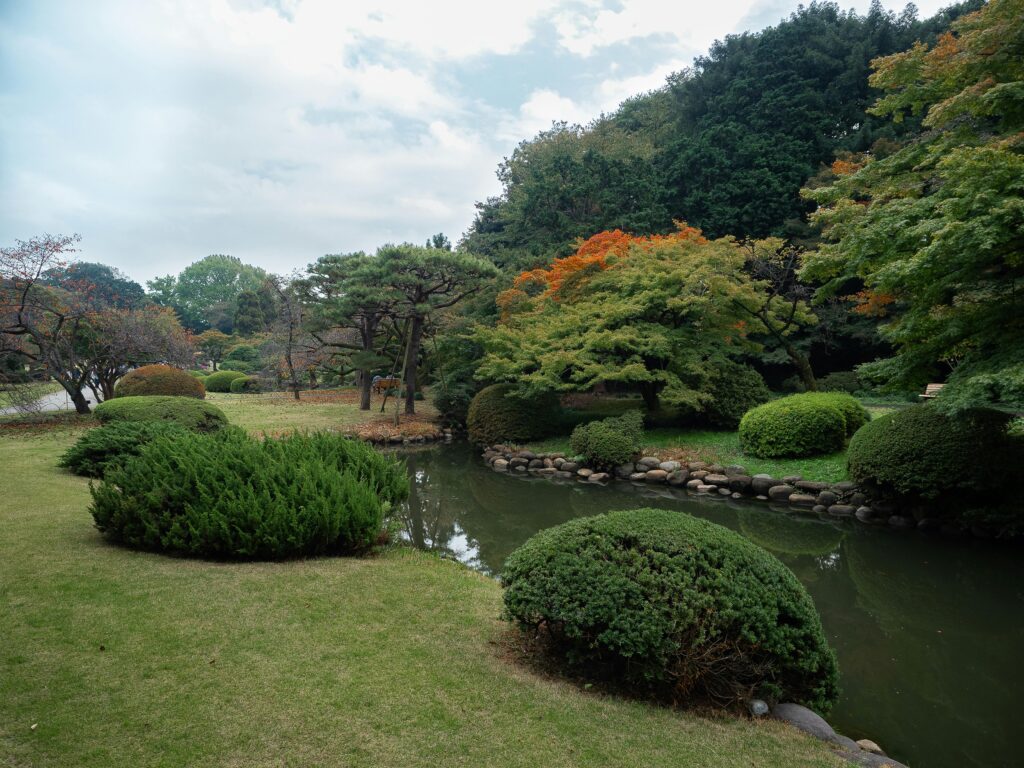
Tokyo Metropolitan Government Building observation decks
The Tokyo Metropolitan Government Building (Tochō) in Shinjuku features two observation decks that offer stunning panoramic views of the city — and even Mount Fuji on clear days.
The decks are located on the 45th floors of the North and South Towers, each standing at 202 meters (663 feet). Since the towers aren’t connected, both offer unique views:
- South Tower: Views of central Tokyo, including Tokyo Skytree, Meiji Shrine, Yoyogi Park, and Shinjuku Gyoen.
- North Tower: Views of Nishi-Shinjuku’s skyscrapers and Mount Fuji.
Sometimes, the building hosts projection mapping displays, which photograph beautifully.
The observation decks are open from 9:30 AM to 9:30 PM and are closed on the second and fourth Monday of each month. Both decks also have cafes and souvenir shops.
Cost: Access is free.
Best time to visit: Check the weather forecast beforehand, as clouds and rains can limit visibility.
Shinjuku Central Park
Shinjuku Central Park is another beautiful space in urban Tokyo. Unlike the grand Shinjuku Gyoen National Park, this park focuses on leisure, offering numerous playgrounds, walking paths, and picnic spots. It also hosts multiple events and festivals, making it popular with both locals and tourists.
One of the main attractions is the Shinjuku Niagara Falls, an artificial fountain that mimics the iconic Niagara Falls. It’s a peaceful spot for relaxation and photos.
Cost: Free entry.
Best time to visit: Spring (March to May) for cherry blossoms or autumn (September to November) when the foliage turns a beautiful burnt gold.
Discover hidden gems among the things to do in Shinjuku
Now that we’ve checked off the main attractions, here are some offbeat things to do in Shinjuku City for a truly unique experience.
Kabukicho District
Kabukicho is Shinjuku’s entertainment hub. Often called the ‘Sleepless Town’, this red-light district is known for its hostess bars, love hotels, and maid restaurants. Must-see attractions include:
- The giant Godzilla head, which periodically roars from the Hotel Gracery Shinjuku.
- The Ninja Trick House, an interactive museum where you can learn basic sword-fighting techniques and practice your aim with shurikens (ninja-throwing stars).
To stock up on souvenirs, check out Don Quijote, a popular discount store in Kabukicho. And if you’re craving a bowl of ramen, head to Taketora Ramen or Dotombori Kamukura.
Best time to visit: Kabukicho is a year-round destination, with Fridays and Saturdays being particularly lively.
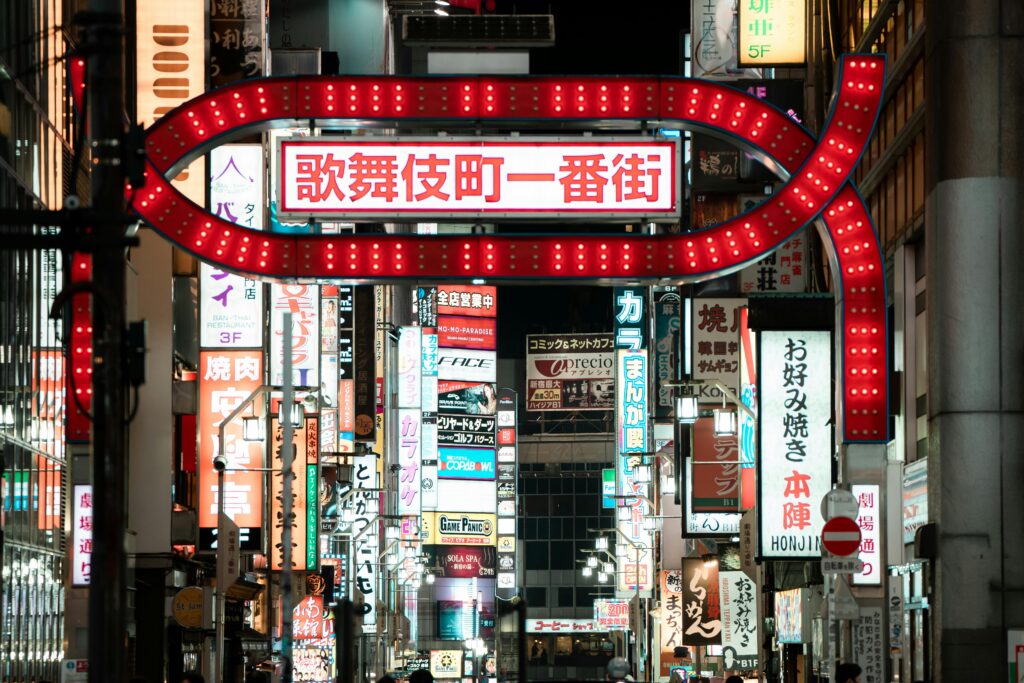
Hanazono Shrine
Founded in the mid-17th century, Hanazono Shrine is dedicated to Inari, the Japanese god of fertility, agriculture, and prosperity. Key highlights include:
- Main Shrine Building (Honden): The central structure of the shrine, where you can offer prayers.
- Geino Asama Shrine: A sub-shrine dedicated to the success of performers, popular among actors and musicians.
- Itoku Inari Shrine: Another sub-shrine, this one focuses on matchmaking and family prosperity.
- Fox Statues (Kitsune): As messengers of Inari, fox statues are prevalent throughout the shrine grounds.
- Torii Gates: While not as extensive as Kyoto’s Fushimi Inari Shrine, you’ll find several traditional red torii gates. Red is the color associated with Inari, and each torii gate is donated by individuals in gratitude for good fortune.
Hanazono Shrine is conveniently located about a 10-minute walk from Shinjuku Train Station and is open 24 hours a day.
Cost: Admission is free.
Best time to visit: Hanazono Shrine hosts traditional festivals throughout the year, such as Setsubun in February, Shinko-sai in May, and Tori-no-Ichi in November.
These events offer a chance to witness age-old rituals and enjoy the festive spirit.
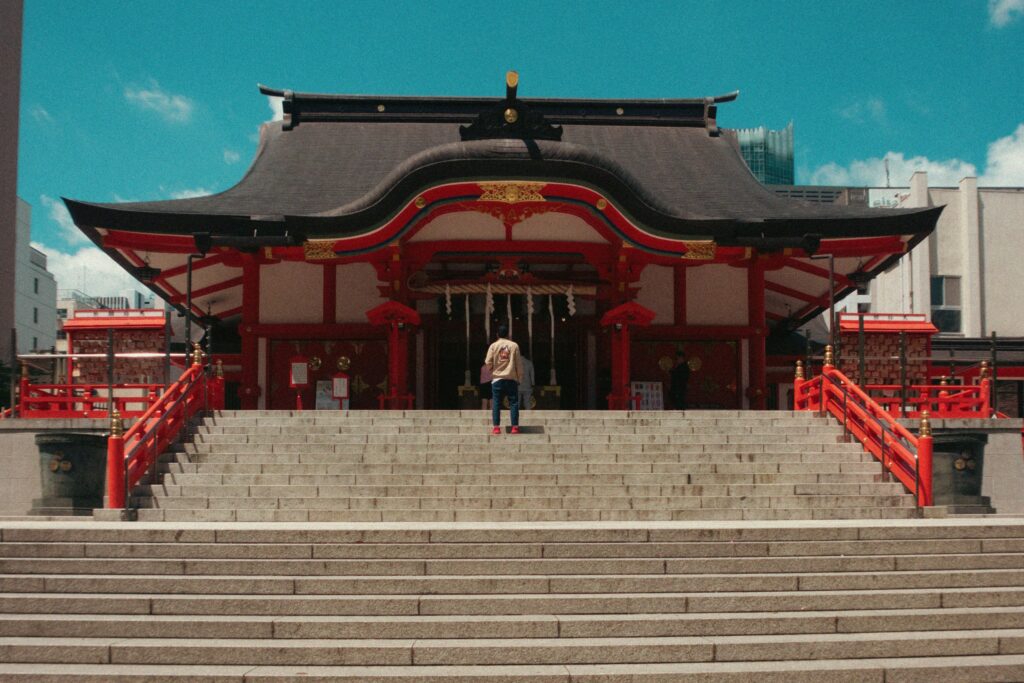
Shin-Okubo Korean Town
Just north of Shinjuku lies Shin-Okubo, Tokyo’s bustling Koreatown. This vibrant neighborhood is packed with Korean restaurants, supermarkets, and K-beauty products.
For Korean snacks and drinks, head to Seoul Ichiba. For a meal, try popular spots like Sinjeon Tteokbokki, POPO Hotteok, or Shin-chan.
K-pop fans should check out Idol Park, a shop filled with cool merch like calendars, towels, and everyday items featuring K-pop stars.
If you love Korea’s café culture, visit Sulbing Cafe, a South Korean dessert chain. Make sure to try one of their bingsus (shaved ice with different toppings).
Best time to visit: During Korean festivals like Chuseok (Korean Thanksgiving) or Seollal (Lunar New Year) to take part in traditional celebrations.
Visit the shopping destinations in Shinjuku
Shinjuku has some of Tokyo’s largest shopping complexes, where you can find everything from clothes to electronics and gifts under one roof.
Many stores also offer tax-free shopping for international visitors — just ask about a tax refund at the counter.
If you’re wondering where to go in Shinjuku for shopping, check out these two complexes.
Isetan Shinjuku Store
Established in 1886, Isetan Shinjuku is one of Tokyo’s most iconic department stores, offering everything from high-end fashion to gourmet food.
If you’re into luxury shopping, check out collections by Issey Miyake and Yohji Yamamoto, two of the most popular Japanese designers.
Both the restaurants and gourmet food are on the seventh floor, which is also said to have over 2,400 types of wine.
Don’t miss the Japanese sweets like mochi (a rice cake made from glutinous rice), dorayaki (a pancake sandwich filled with sweet red bean paste), and beautifully crafted cakes.
It’s open daily from 10:30 AM to 8:00 PM, with restaurant hours extending to 10:00 PM. It also provides tax refunds for foreign shoppers.
Best time to visit: Mornings are less crowded. Some stores also offer discounts during Japanese holidays (like Golden Week in early May).
Takashimaya Times Square
Takashimaya Times Square is a massive shopping complex in Shinjuku. It spans around 16 floors and offers everything from fashion and cosmetics to electronics, specialty items, and more.
You can receive a 5% discount with the Takashimaya Shopper’s Card. Get the card from one of the counters in the complex by showing your passport.
The staff speak English and Chinese and also provide tax refund services for foreign shoppers.
It’s open from 10:30 AM to 7:30 PM, with some restaurants staying open until 10:00 PM.
Best time to visit: Weekdays are less crowded, as Saturdays and Sundays tend to be particularly busy.
Experience nightlife and dining in Shinjuku
Shinjuku’s nightlife isn’t your typical club scene. Here, you’ll find quirky, themed bars, intimate settings, and authentic Japanese street food. For the best nightlife, check out these three districts.
Most bars and dining spots in Shinjuku have a relaxed dress code, so add smart casual clothes and comfortable shoes to your Japan packing list.
Shinjuku Golden Gai
If you’re looking for an experience that’s a world away from the ultra-modern cityscapes, Shinjuku Golden Gai is a must-visit.
Its narrow alleys are lined with over 100 tiny bars, each with its own unique theme, from pop culture icons to classic movies and eclectic music styles. Most bars are incredibly intimate, seating only 10–12 guests at a time.
If you’re in the mood for bar-hopping, start with these spots:
- Albatross: A cozy bar with a rooftop terrace (one of the few open-air experiences in the area). Its eclectic, Gothic-style interiors, with gilded mirrors and elaborate chandeliers, make for great photo backgrounds.
- Kenzo’s Bar: An authentic Japanese bar known for its sake and locally inspired snacks like yakitori (grilled meat skewers) and tempura (deep-fried vegetables and seafood).
- Bar Miki: A quaint bar with a welcoming vibe, specializing in whiskey and Japanese sake.
- One Coin Bar Champion: If you’re a karaoke fan, this is a must-visit. Most of the staff speak English, and the beer is great.
- Bar Uramen: If you love Japanese pop culture, visit this bar to play retro games while sipping on drinks.
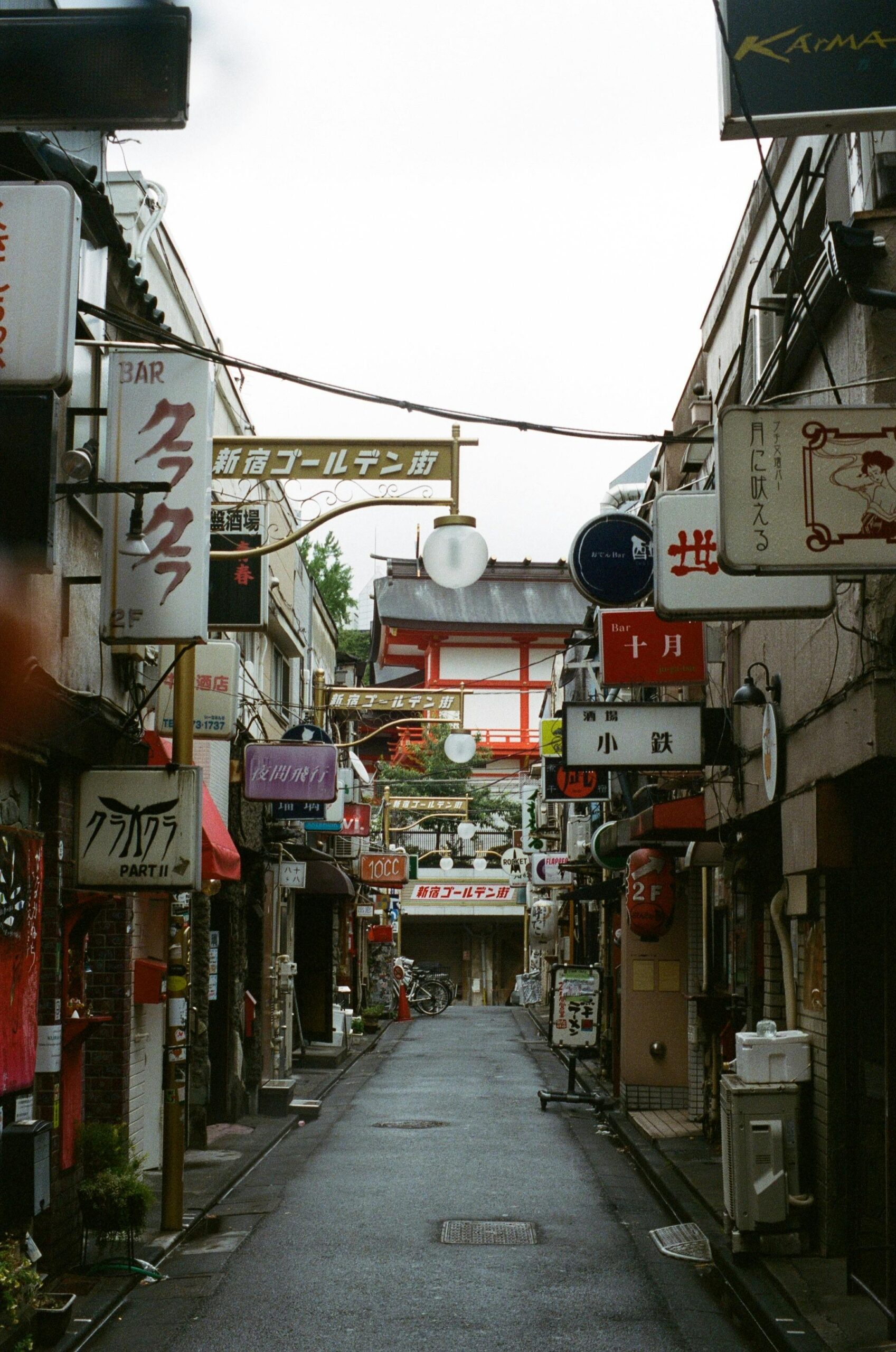
Cost: Bars typically charge a $3–$6 (¥500-¥1000) cover fee, often including a drink. Most are cash-only establishments, so go prepared.
Best time to visit: Most bars are open from 6:00 PM to 3:00 AM. For a more authentic, crowd-free experience, visit on weekdays.
Omoide Yokocho
Omoide Yokocho (Memory Lane) is a charming area in Shinjuku known for its narrow streets lined with tiny bars and eateries.
With around 60 bars and restaurants, it’s the best place to sample authentic Japanese street food.
The area is also nicknamed Piss Alley because it lacked public restrooms in the post-war era.
The preferred name, though, is Memory Lane — a nod to its rustic decor reminiscent of the same time period.
Depending on your taste, here are some restaurants to check out:
- Kabuto for freshwater eel: You can order skewers of a specific eel part or try a set to experience all varieties.
- Sushitatsu for sushi: A 70-year-old restaurant and the only sushi spot in Omoide Yokocho.
- Yasubee for sake: Slightly larger than the other establishments, it’s known for its extensive sake selection and has rice wine from breweries across Japan.
Best time to visit: Restaurants and bars open around 5:00 PM daily. Visit during dinner hours for the chance to chat with locals.
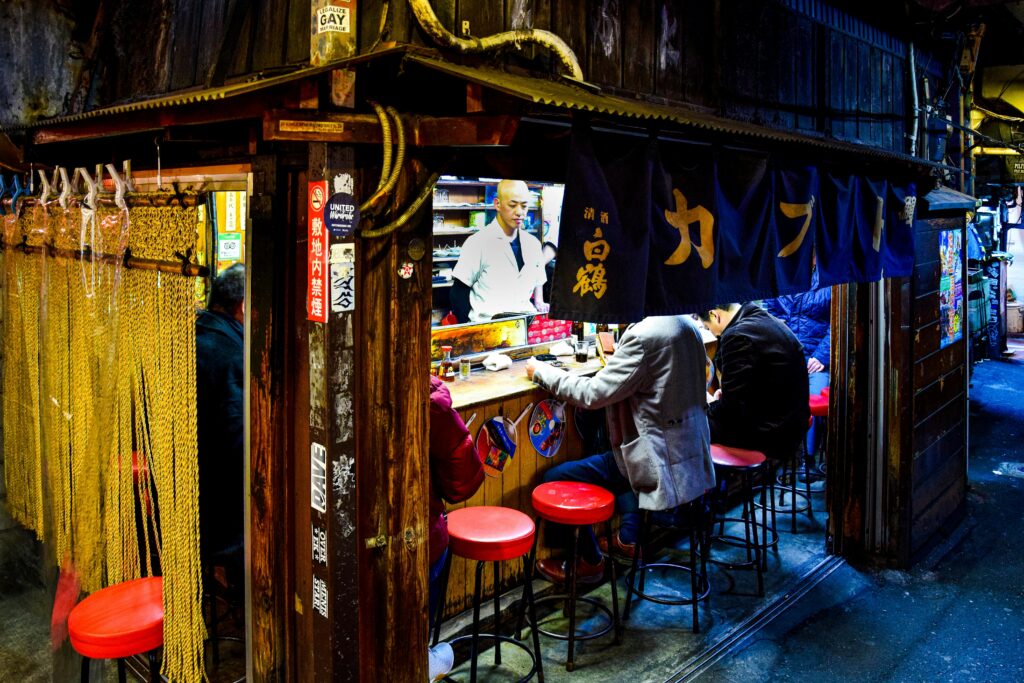
Kabukicho’s Bars and Nightclubs
Compared to the slow, intimate pace of Golden Gai and Omoide Yokocho, Kabuchiko buzzes with chaotic energy — neon lights, flashing signs, and constant activity.
This larger entertainment district houses a mix of nightclubs, Japanese pubs, and hostess clubs.
Although the Robot Restaurant closed in 2020, here are two other unique restaurants to check out:
- The Samurai Restaurant: Enjoy a thrilling show celebrating Japanese Samurai culture, complete with sword fights, drumming, and dazzling costumes. The ticket includes dinner (bento boxes, steak, or sushi), and you can order drinks throughout the show.
- Maidreamin: A popular maid café where staff (dressed as maids) perform dances and songs while serving. It’s a uniquely Japanese experience you won’t find anywhere else.
Travel tip: If you’re visiting a traditional Japanese izakaya (club), make sure you cover any visible tattoos. Some Japanese locals disapprove of them because of their ties to the Yakuza (Japanese mob).
Best time to visit: Most establishments are open until 3:00 AM, but the district truly comes alive around 8:00 PM.
Some final tips for making the most of Shinjuku
Shinjuku is full of surprises, so be open to exploring hidden alleys, trying new foods, and embracing unexpected encounters.
Just make sure to get yourself an IC card and reliable travel internet. You’ll need both to get around the city.
- IC cards: Essential for paying subway fares. With Shinjuku Station being one of the world’s busiest train stations, lines at ticket counters can feel never-ending.
- Mobile internet: Reliable internet is crucial for navigating the city, booking cabs, and exploring the narrow alleys of Omoide Yokocho.
For mobile internet, we recommend an eSIM for Japan. It’s more convenient and affordable than physical SIM cards.
Receive your activation code via email and scan it once you land in Japan for instant connectivity and confidence that you can get on exploring right away.
With Holafly’s Japan eSIM, you’ll get unlimited data for just $6.90 per day, and the price gets lower the more days you add to your plan.
You also can keep your WhatsApp number for international calls without worrying about roaming charges. Holafly partners with KDDI in Japan to give you full coverage across the country, so you’ll always stay connected, with 24/7 Holafly support if you ever have a question about your package.
Grab your Holafly Japan eSIM and explore Shinjuku’s offbeat attractions without worrying about getting lost!





 Language
Language 


















 No results found
No results found


